
The Mong people of Lao Cai are one of the few ethnic groups that still maintain traditional hand-weaving. The process of weaving a complete costume must go through many elaborate and complicated stages such as growing flax, spinning flax, weaving fabric, and dyeing indigo. The Mong people make indigo from natural materials. Therefore, to this day, the Mong people still grow indigo to dye fabric.
The Mong community often says "wherever there are Mong people, there is indigo", affirming the important role of this plant for each generation of Mong people in Lao Cai.
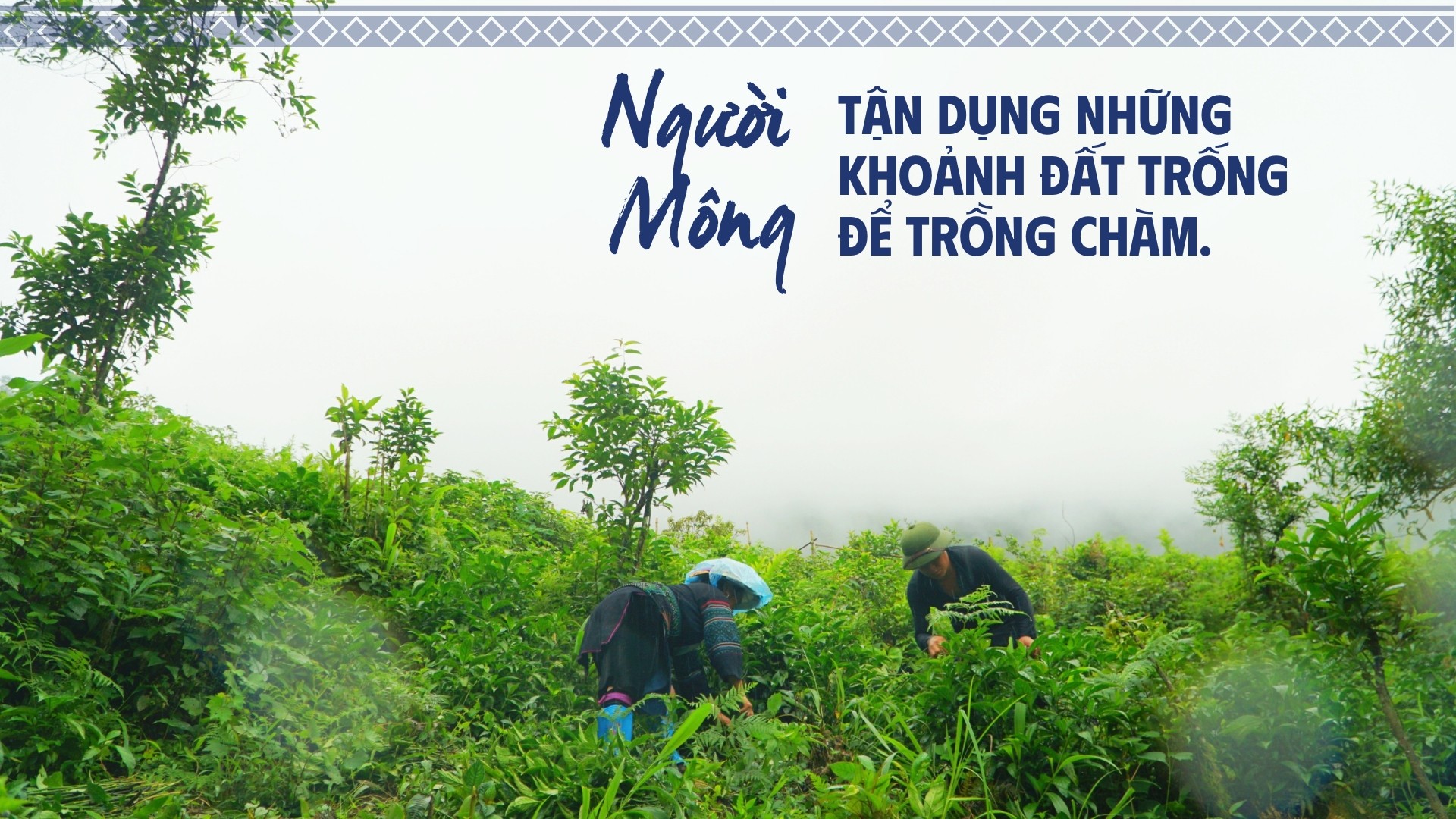
Indigo is planted from May to June every year and can only be harvested after 12 months. For a full year, the indigo plant clings to the soil, absorbs nutrients, and struggles to survive the harsh weather conditions to provide the Mong people with the highest quality dye.
Indigo does not require much care because it is a native plant of the Mong people, so even in barren land and harsh weather, indigo still grows well. The Mong people of Lao Cai often grow indigo in humid areas. In addition to cultivating rice, corn, and other food crops, the Mong people still set aside enough area to grow indigo.
Many families have to grow indigo on high mountains and deep forests, which is very difficult to care for and harvest, but they still maintain large cultivation areas because only indigo can create traditional costumes for the Mong people.
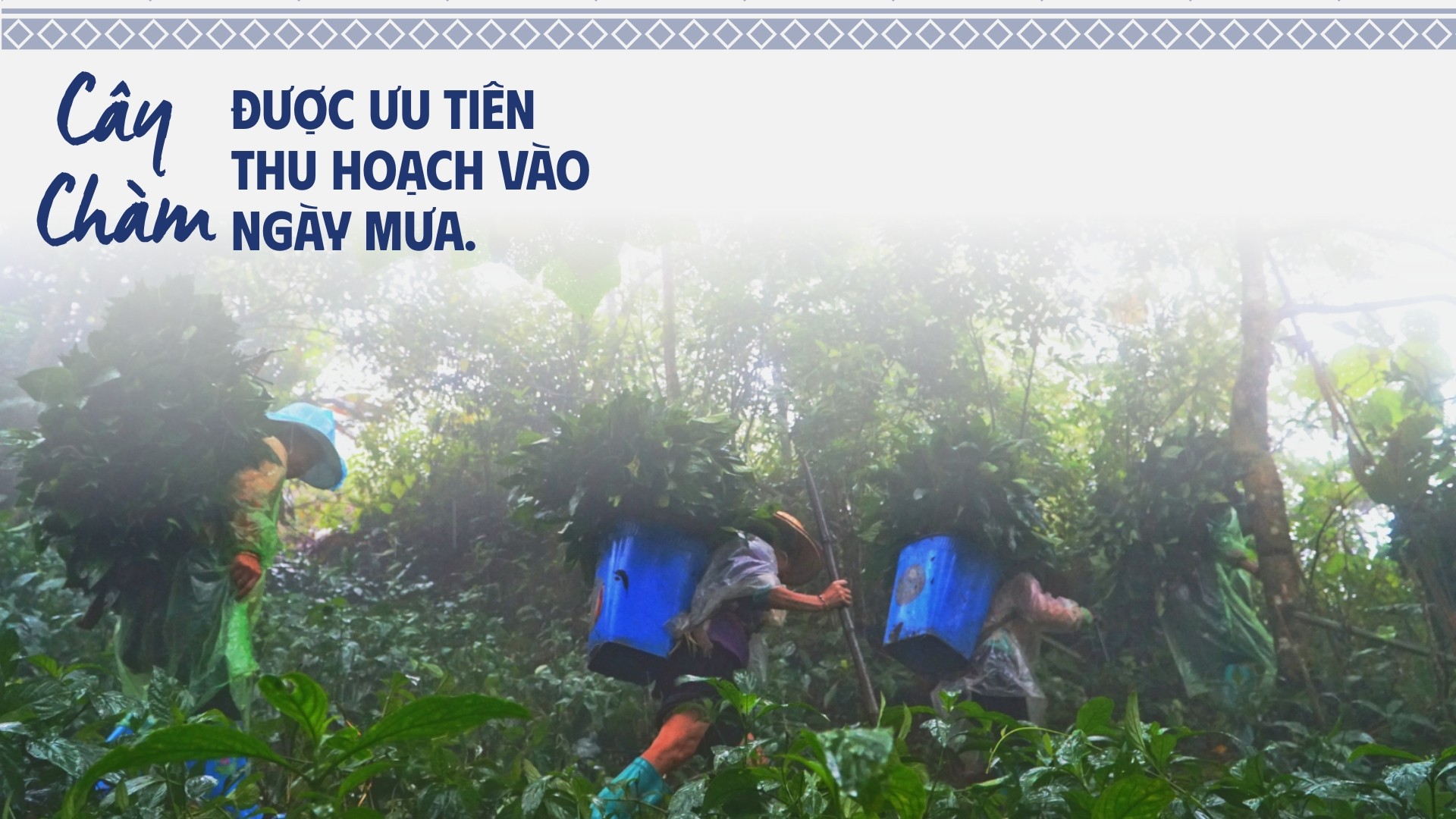
Every June and July is the time when Mong people in Lao Cai gather to harvest indigo, preparing for the weaving season. For most crops, sunny weather is favorable for harvesting, but for indigo, people often harvest on rainy days, then plant a new crop. Harvesting indigo is a laborious and arduous process, but it is also filled with joy and laughter.
We followed Mr. Sung A Trang, Muong Hoa village, Ta Van commune, into the forest to harvest indigo plants in heavy rain and slippery roads. Mr. Trang's footsteps quickly climbed the steep slope to reach the indigo field.
Mr. Sung A Trang said: Each Mong family must grow 200 - 300 m2 of indigo to have enough to dye fabric to make clothes for the year. On harvest day, families in the village often exchange labor to save time and at the same time affirm the solidarity of the community.

After harvesting, the indigo plant is put into a large barrel and soaked in water for 3 days and 3 nights. When the plant rots and forms a dark green liquid, lime powder is added and stirred thoroughly. When the indigo powder and lime settle, all the water is drained away, the powder at the bottom of the barrel is kept and used for dyeing fabric. Mong women have a way to preserve indigo powder for year-round use.
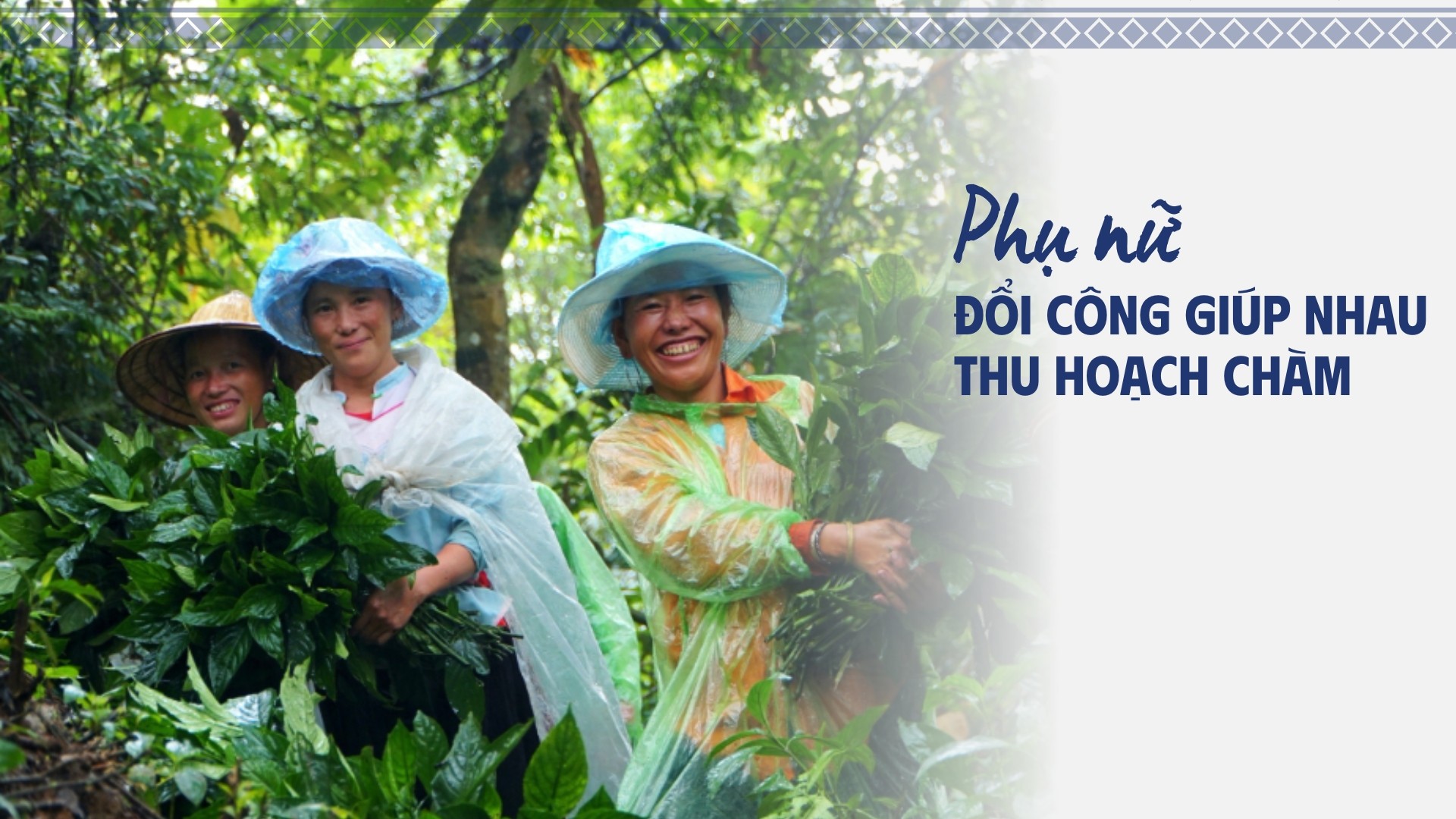
In fact, the smell of indigo is not pleasant... but for the Mong people, this is a scent that soothes the sense of smell. They eagerly await the indigo dyeing season to weave fabric to make new clothes for family members.
When it comes to the season of spinning linen, dyeing indigo, and weaving, Mong families become busier. Mong women use their skillful hands to quickly spin each flax thread. The elderly work diligently at the loom, men go into the forest to harvest indigo, and children meticulously embroider patterns on the fabric. Everyone has their own job, each person has a step that contributes to completing the elaborate, highly aesthetic costume, connecting family members.
Holding up her dark green, chapped hands, Mrs. Sung Thi Sua, Ta Phin commune, shared: In my family, I am the one in charge of indigo incubation and dyeing. If indigo harvesting is prioritized on rainy days, indigo dyeing must be done on sunny days so that the fabric will dry quickly and the indigo color will stick firmly to each fabric thread.

In the past, the Mong women's ability to weave and dye indigo was one of the criteria to evaluate their ingenuity and resourcefulness. Dyeing indigo not only created beautiful colors but also protected the fabric from insects and weather effects.
Nowadays, in addition to preserving the indigo color in traditional costumes, the Mong people of Lao Cai also develop experiential services to attract domestic and foreign tourists. From community knowledge, it has contributed to bringing stable income to life.
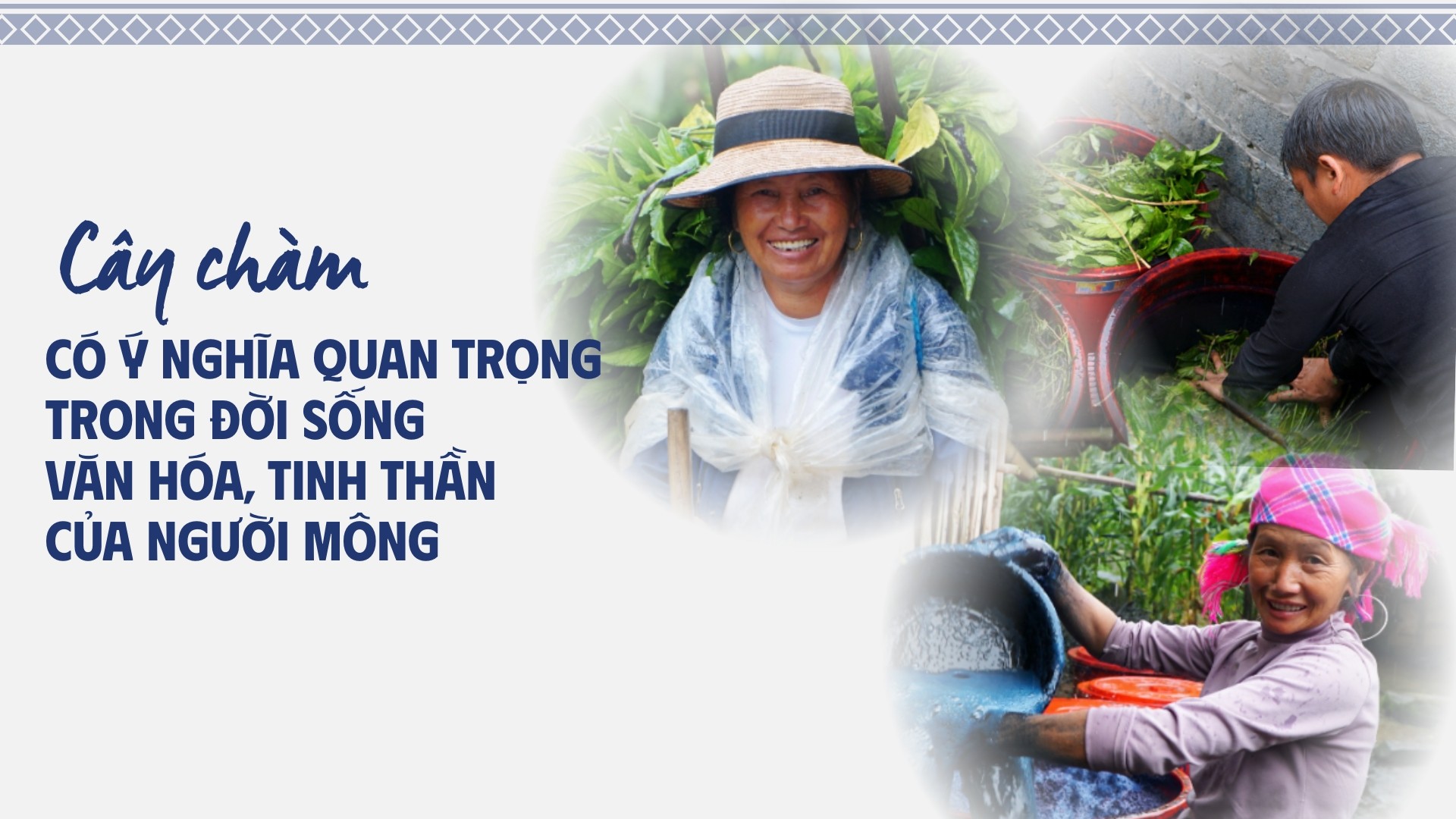
To date, there are no documents that accurately record the time when the Mong people knew how to dye fabrics. It is only known that indigo is the proof of the Mong community in Lao Cai's mastery of dyeing fabrics from natural materials. The indigo dyeing technique is still passed down from generation to generation and is increasingly developed.
Indigo is not only a natural material but also an indispensable part of the cultural life of the Mong people, contributing to the unique cultural identity of this ethnic group. The Mong people of Sa Pa pay attention to developing the indigo growing area, contributing to preserving and promoting the cultural values imbued with identity.
Source: https://baolaocai.vn/nguoi-mong-ke-chuyen-cay-cham-post878940.html









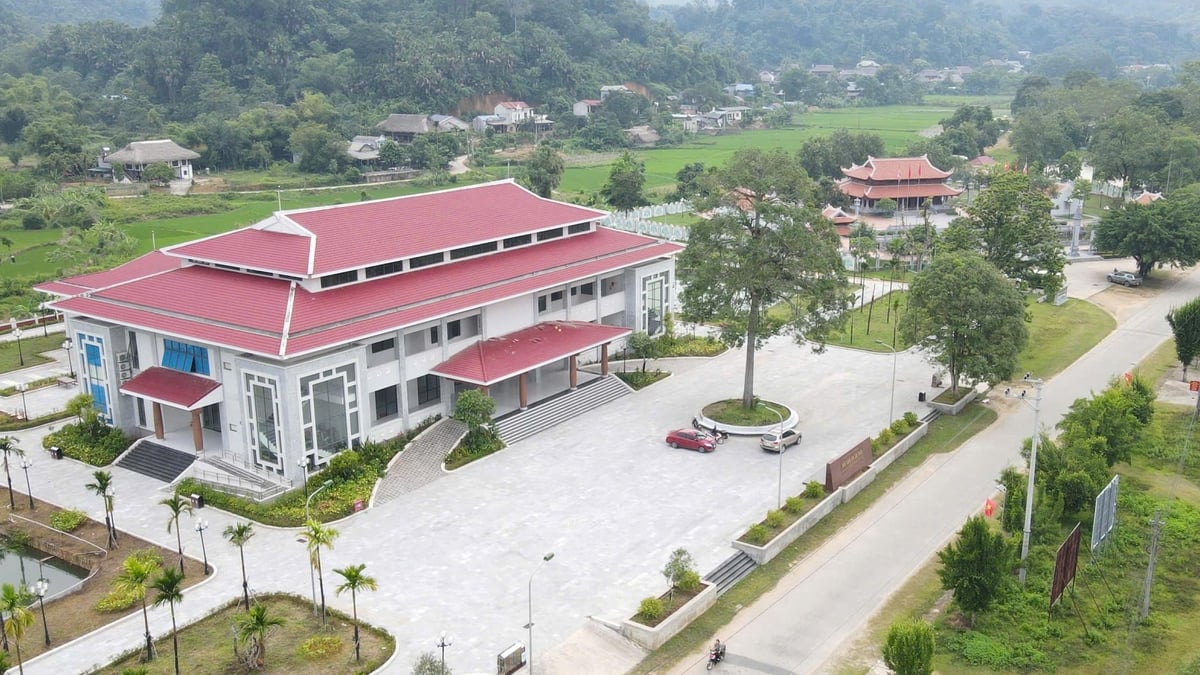














![[Photo] Discover the "wonder" under the sea of Gia Lai](https://vphoto.vietnam.vn/thumb/1200x675/vietnam/resource/IMAGE/2025/8/6/befd4a58bb1245419e86ebe353525f97)



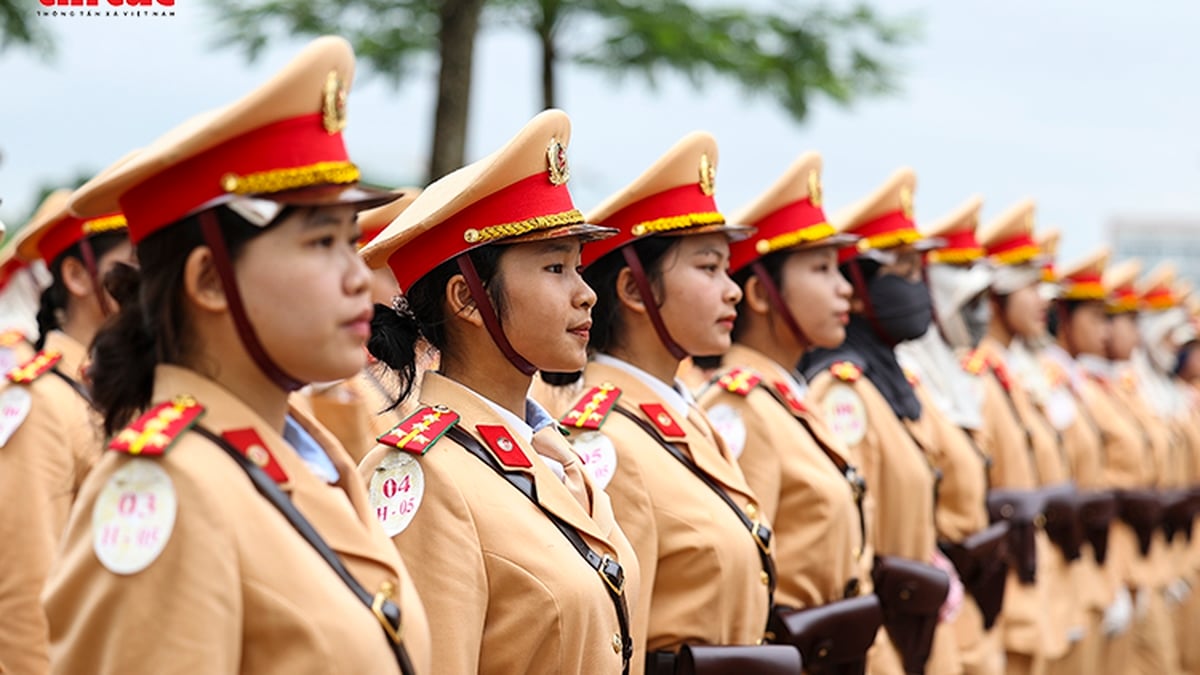

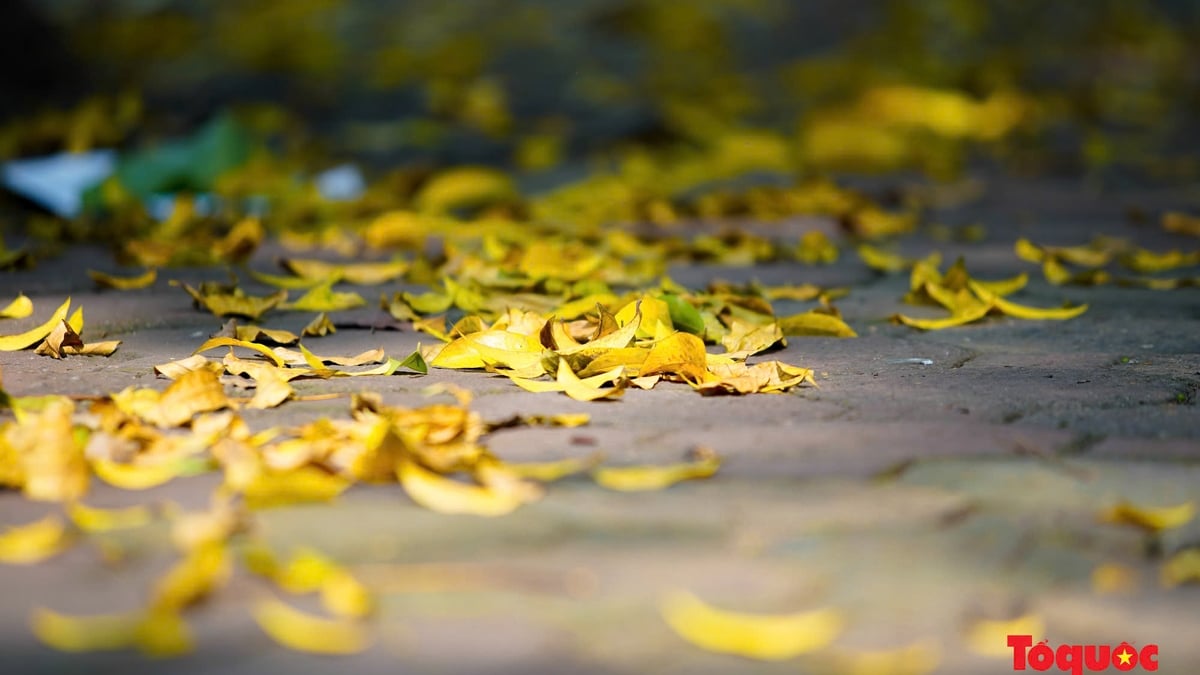






























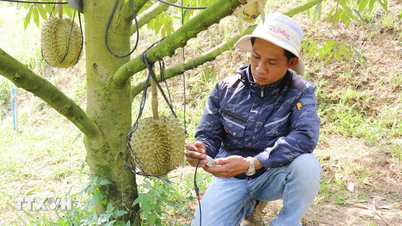

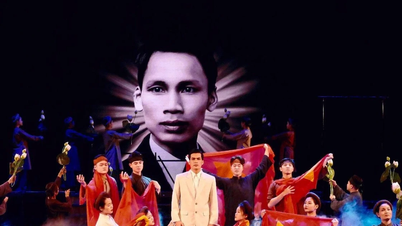




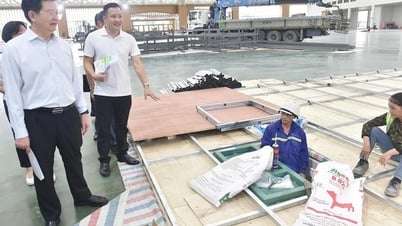
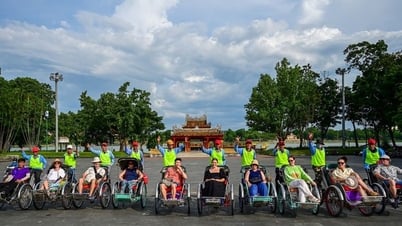

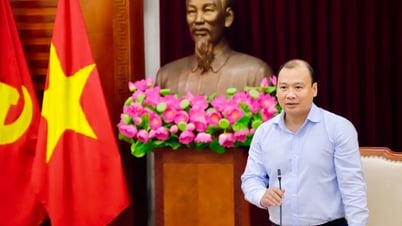




















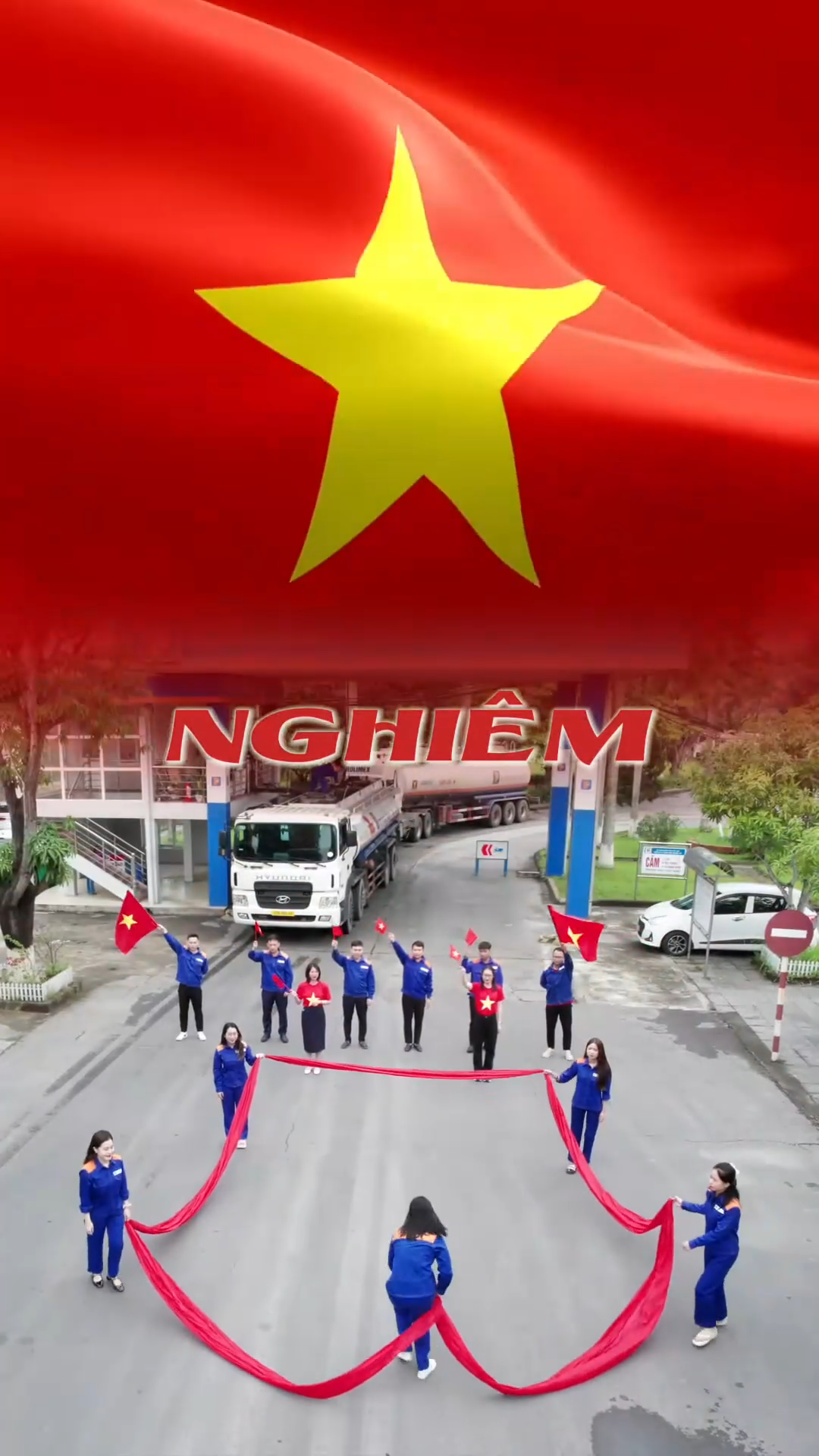


Comment (0)